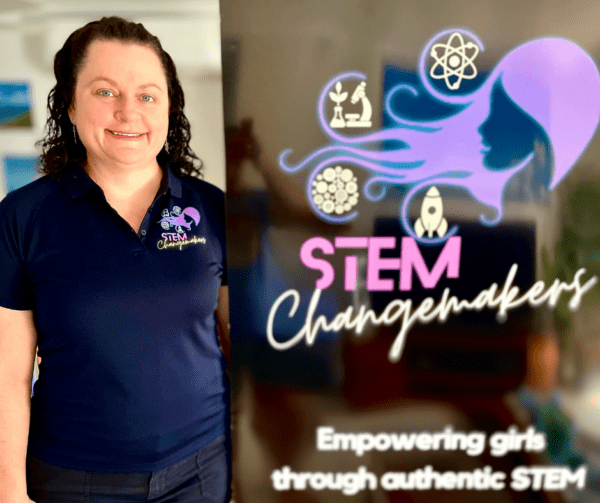As an international intellectual property (IP) innovation law expert, and community and business advisor on emerging technologies, Tara J Parish has dedicated her career to advising multinationals, start-ups, community networks and individuals on how to best protect their IP rights. As the founder of Townsville’s TJIP Patents, Trade Marks & Designs, Tara uses IP to help both local and international businesses develop their products and brand. Here, she shares with us the importance of mentoring the next generation of global-thinkers, and how there is no such thing as a ‘one size fits all’ when it comes to patents and trademarks.
1.You are the founder of TJIP Patents, Trade Marks & Designs, an international intellectual property law practice, assisting people in Australia and overseas with patents, trademarks and designs registrations. What is your key approach to achieving successful and practical results for your clients?
A realistic, sensible, whole of business approach is key to getting Intellectual Property (IP) rights. Patents for inventions can give a 20-year monopoly to use an invention or sell a product, providing a strong competitive edge for a business. The competitive edge and monopoly can be extremely valuable, but careful choices need to be made along the way to focus on the best IP options for a particular business. A fantastic invention may be worth protecting in many countries around the world, but for a brand-new startup, current sale should be considered and perhaps a few important markets chosen, rather than trying to do too much, too soon. As I say, a sensible approach, is better to make sure the IP rights are part of a business plan and strategy, not the whole strategy.
Every business has a trade mark (word or logo), whether they know it or not, and it is advisable to protect this brand as a trade mark registration, so that other traders cannot use the same or similar name for the same or similar thing without permission; permission can be given for financial reward if you like, in a license. A careful consideration of the business and competitors can assist to direct trade mark protection and help minimise potential conflict with existing rights.
2. What has been the most challenging part of running your own business?
Anticipating, responding and developing with change has been a significant challenge faced over the 12 years of running an international IP law firm. The changing local economy, in Queensland, but also interstate, in Asia, Europe and in the USA all are matters for consideration as well. It is important to understand the world economy, political situation, and developing trends to assist businesses to make decisions on their IP matters. In IP law, the law and practice changes frequently, and we must keep abreast of these changes, and the implications for our clients. Likewise, as IP laws change in the USA, Europe, China and elsewhere we must understand what this may mean for our clients with international businesses in these jurisdictions.
“A realistic, sensible, whole of business approach is key to getting Intellectual Property rights.”
3. You are a proud mentor with the Australian Academy of Technology Engineering’s Industry Mentoring Network in STEM (IMNIS) which breaks down barriers between industry and academia, as well as for CSIRO ON Prime program and to the Startup and innovation community. Why is mentoring so important when it comes to supporting Australia’s next generation of innovation leaders?
Mentoring should be a part of all innovation leaders experience, first being a mentee as they start, and then soon to mentor others. At every stage of life, a person benefits enormously from an experienced mentor, and as one develops you can offer these skills back, mentoring others, while receiving mentoring yourself from other sources. This two-way mentoring ensures support, growth and challenge original thinking which develops innovators and business people alike. We are extremely lucky to have some amazing mentors locally who offer their time and great experience to share to the innovation and business community.
4. What is the biggest lesson you have learnt over your time in the profession?
To base my patent and trade mark law advice against the context of real life and real business. The legal situation may allow for many paths or options, but when considered against the current economic and political situation, and the business stage and strategy, these recommendations change. I favour a realistic approach to try to achieve the aims for the business.
5. What advice would you give to those who are wanting to follow a similar career path but are unsure as to where to start?
I, like so many other patent attorneys, kind of fell into the job when looking for the next step after my science degree. I loved to write and was lucky enough to beat 600 applicants to my first patent trainee job in London, and the rest, as they say, is history. If you love technology, writing, and law, and have a suitable technical degree, the next step is to look for a training position at a patent attorney firm. You will be tested and given an opportunity to show if you are suited to the profession of patent attorney. The patent attorneys will mentor you through the process so you learn how to assess the inventions, patent practise and provide meaningful advice to clients.
For more information on TJIP Patents, Trademarks and Designs, click here.






